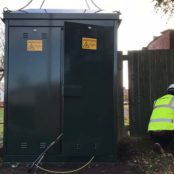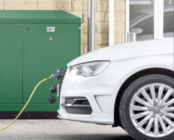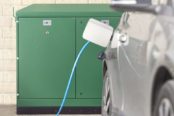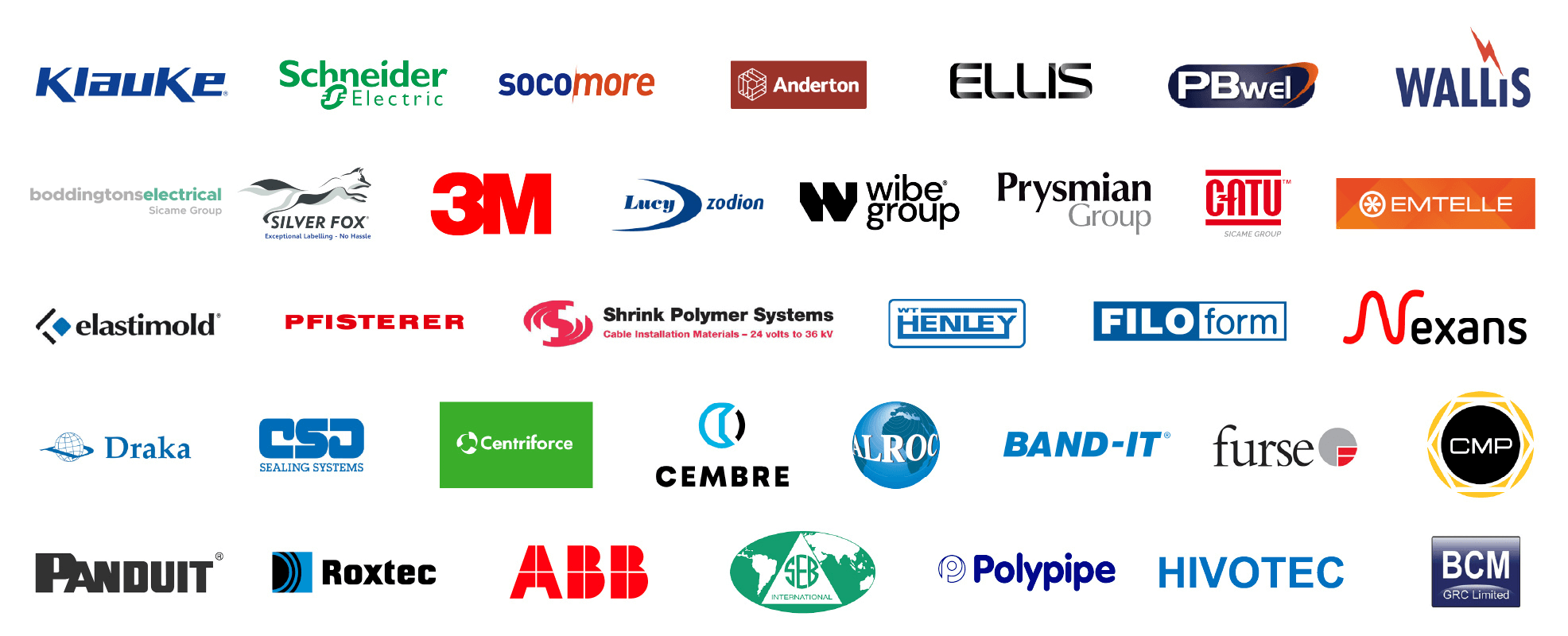Specifying An EV Feeder Pillar | What Do You Need To Consider?
Published 05 Apr 2024
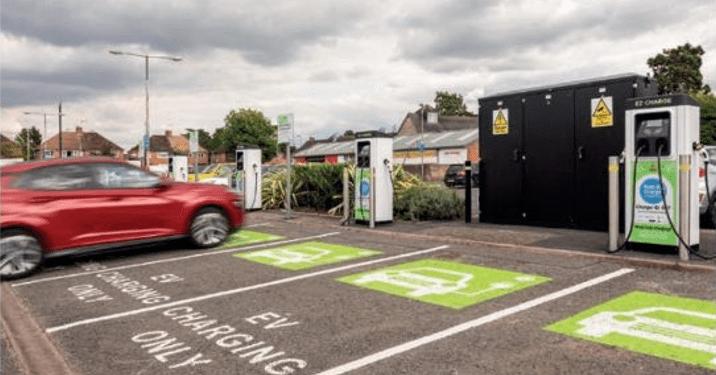
- Special thanks to Matt Page EV Business Development Manager at Lucy Zodion for the kind permission to republish.
Specifying a EV Feeder Pillar
What Do You Need To Consider?
The unsung hero of EV infrastructure is not sexy chargers; the unsung hero of great EV infrastructure is the feeder pillar. Used to distribute power safely and efficiently, whilst ensuring charging speed reliability – correctly specifying an EV feeder pillar will provide secure, dependable, and compliant electrical connections, says Matt Page, EV Business Development Manager at Lucy Zodion.
Lucy Zodion manufacture a wide range of products suitable to provide Low Voltage Electrical Power Distribution for EV charge points – from distribution network operator (DNO) accredited cut-outs and isolators for on-street chargers, to feeder pillars for electrical vehicle charging.
Due to the growing demand for Electric Vehicles (EV) around the world and the resulting strain that the charging infrastructure has on our electrical network, a wide range of safe and compliant electrical power and connection solutions are needed.
▶ Thorne & Derrick together with Lucy Zodion are able to offer a range of feeder pillar enclosures and cabinets that are robust, durable and secure providing weatherproof and padlockable vandal resistant protection.
As the electrification revolution continues, robust electrical infrastructure is crucial. Electrical enclosures and cabinets serve as frontline defences, safeguarding components and ensuring system reliability. But how does one specify the correct enclosure amidst various materials and standards?
With decades of experience in electrical connection solutions, Lucy Zodion is here to guide contractors. Here’s an overview of key considerations:
EV Feeder Pillars Considerations
Electrical Supply
The first thing to consider is the electrical supply. Will it be a new point of connection provided by the DNO or ICP, or will it be a private supply routed from a supply elsewhere? If the former, then consideration must be given to the space that the DNO/ICP will need to install its service head/cut-out and any metering requirements.
Earthing
You must decide whether your EV feeder pillar will use Protective Multiple Earthing (PME), O-PEN technology, or TT earthing. The choice depends on various factors, such as existing infrastructure, preservation orders on trees and not forgetting resistance levels that would need to be guaranteed all year round in the event of a TT installation.
TT installations, where an earth rod is installed to provide the earth, are the most common. However, fitting PEN detection technology is a well-recognised alternative where it is impossible to fit an earth rod
or earth mat.
Charge Points
How many EV charge points is the feeder pillar powering and what are their ratings? Outgoing devices include single-phase and three-phase, enabling EV chargers to be powered from 7kW to 150kW.
Current Rating and Load Balancing
What current reading is the incoming supply of 100A, 200A, 400A, and 630A?. Understanding your current rating requirements is essential.
How much power does your feeder pillar need to deliver, and how many charge points (in kilowatts) will it supply? Consider load balancing within charge points to optimise your supply connection and get the most value from your electrical infrastructure.
Residual Circuit Protection
There is a requirement to protect cables supplying the charge points, and to do this, Lucy Zodion installs a 300 mA protection. If the charge points do not have this local protection, the company offers 30 mA protection to cover it.
This is generally seen on the 7-22W charge points, but Lucy Zodion EVIS range offers both solutions to protect your installation requirements.
Futureproofing
Anticipate future needs by allocating space within your feeder pillar for additional equipment or charge points that may be installed later. This proactive approach ensures your infrastructure can adapt to evolving EV demands without costly modifications.
Location & Planning Requirements
Carefully consider the location of your EV feeder pillar. Are there specific planning requirements or access needs for maintenance and testing? Proper planning ensures seamless integration into your site or development.
Aesthetics
In some cases, aesthetics play a vital role. Does your EV feeder pillar need to blend into its surroundings? Standard enclosures are hot-dipped galvanised, but opting for a painted finish can help maintain the integrity of your site or development while ensuring that your infrastructure is functional and visually appealing.
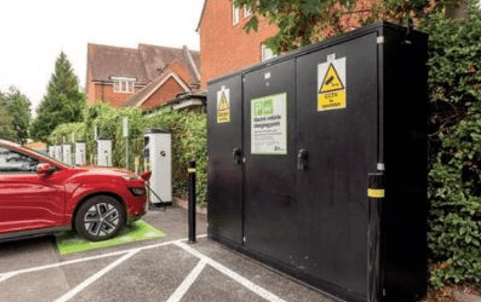
EV Feeder Pillar
Compliance and standards
When specifying an EV feeder pillar, you need to make sure it is tested to the following standards:
- BS7671- IET Wiring Regulations – Covers the electrical installation of buildings, including the use of surge protection
- BS7671- IET Code of Practice for Electric Charging
- BS EN 61439 – Low Voltage Switchgear and Control Gear Assembly
Considering these key points will ensure that your EV feeder pillar is designed to deliver efficient and reliable power distribution for electric vehicle charging, contributing to a sustainable and greener future.

Lucy Zodion | Fortress Feeder Pillars | Pre-Wired Feeder Pillars | Street Lighting Cut-Outs | DNO Cut-Outs | Electrical Power Distribution Enclosures




